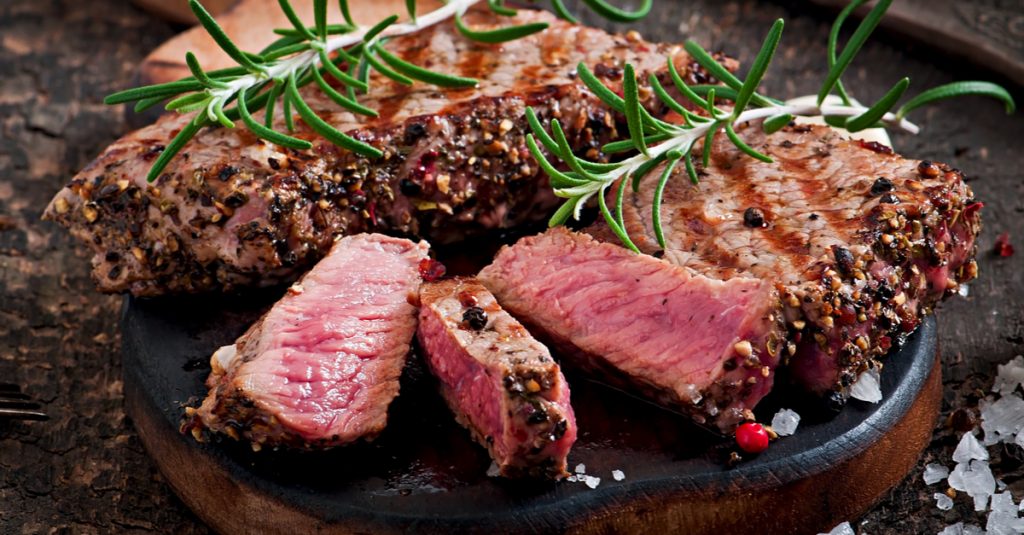“That bizarre collection of neurotics, nannies, killjoys, hysterics, and scolds better, if misleadingly, known as the Center for Science in the Public Interest, has dreamt up yet another way to poison the pleasure that Americans take in their food,” writes Andrew Stuttaford in a recent story on National Review Online. Stuttaford is referring to one of CSPI’s latest reports, “Salt: the Forgotten Killer.” As we’ve told you before, this screed uses questionable science to call for extra taxes, regulations, and even a new government agency to restrict our access to sodium.
Stuttaford echoes many of our concerns about CSPI’s agenda-driven research:
In fact, the science is somewhat less clear-cut than the Center’s researchers would like you to know. Their report has nothing to say about a 2002 study published in The British Medical Journal that showed no decrease in either the death rate or the incidence of cardiovascular disease among the subjects of the study who reduced their salt intake. [CSPI Executive Director Michael] Jacobson is also silent about the fact that, despite years of research, links between lower sodium intake and improved health in the general population remain awkwardly elusive. As for those noisy “contrarians,” their ranks include former presidents of the American Heart Association and the American Society of Hypertension, and, just last year, a number of Canadian medical groups including the Canadian Hypertension Society, the Canadian Coalition for High Blood Pressure Prevention and Control, and the College of Family Physicians of Canada.
Jacobson does, however, find time to bring his readers the good news about the Yanomami, rainforest Indians, who consume only 20 mg of sodium a day (less than one percent of the average American’s intake) and “are healthy, do not gain weight as they age, and are totally free of high blood pressure.” Curiously, he does not bother to explain that the Yanomami live in miserable Stone Age squalor, eat the powdered bones of their dead (mixed in with a banana soup, since you ask), and on average only just make it past the age of 40. Call me fussy, Dr. Jacobson, but I’ll look elsewhere for nutritional inspiration.
Perhaps it’s best to sidestep this controversy for now and just take time to savor Jacobson’s jeremiad as yet another sample of how the CSPI’s chow-time Comstocks manipulate the media, the science and the public in the interest of taking aim, yet again, at their real foe: fun.
Noting CSPI’s complaints about widespread nutritional confusion, Stuttaford retorts:
But, ironically, if consumers are unclear as to what they ought to be munching, it is organizations such as CSPI that must take their share of the blame … The constant food scares generated by the health mullahs at a time when average life expectancy in the U.S. has just reached a new high have done nothing other than increase consumers’ confusion, cynicism, and the chance that genuinely good advice gets junked as junk science.
You can add this latest study to CSPI’s long list of junk science-laden reports aimed at pushing its radical agenda — rather than informing consumers about how to make healthy choices.


